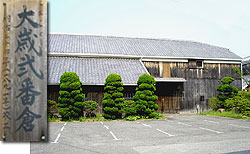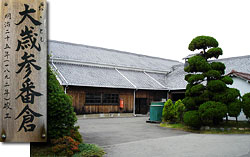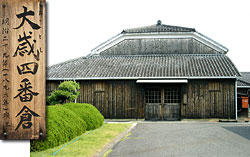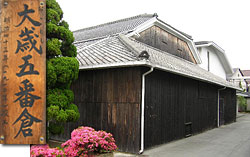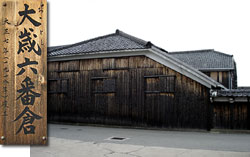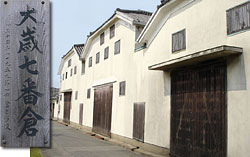The start in Edo period
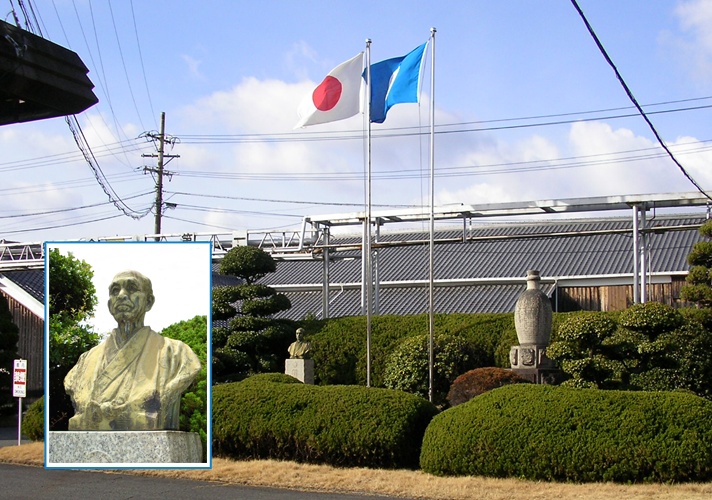
In Edo period, the seaside of western Akashi was called "Nada".
Thanks to good water and high quality rice in the Harima Plain, sake brewers in Nada have earned their fame as a full-fledged sake makers. On the other hand, eastern side ( Nada in Kobe ) became known nationwide, this region became called the Nishinada. ( western Nada )
Sake making started in the early Edo period in Nishinada area.
For us, it was Hachibei Urabe, the second generation of noble Urabe family, who started sake.
In Meiji era, the younger brother Hyokichi (statue in photo) of the fifth generation Hachiemon Urabe, operated his own sake business independently and expanded.
In 1888 he established Eigashima Shuzo Co., Ltd. with capital of 30,000 yen. This is the beginning for us.
The trademark was "Yamato Damashii", which means “the soul of Japan”, and later registered "Yuri Masamune" in 1894 and "Kamitaka" in 1895.

